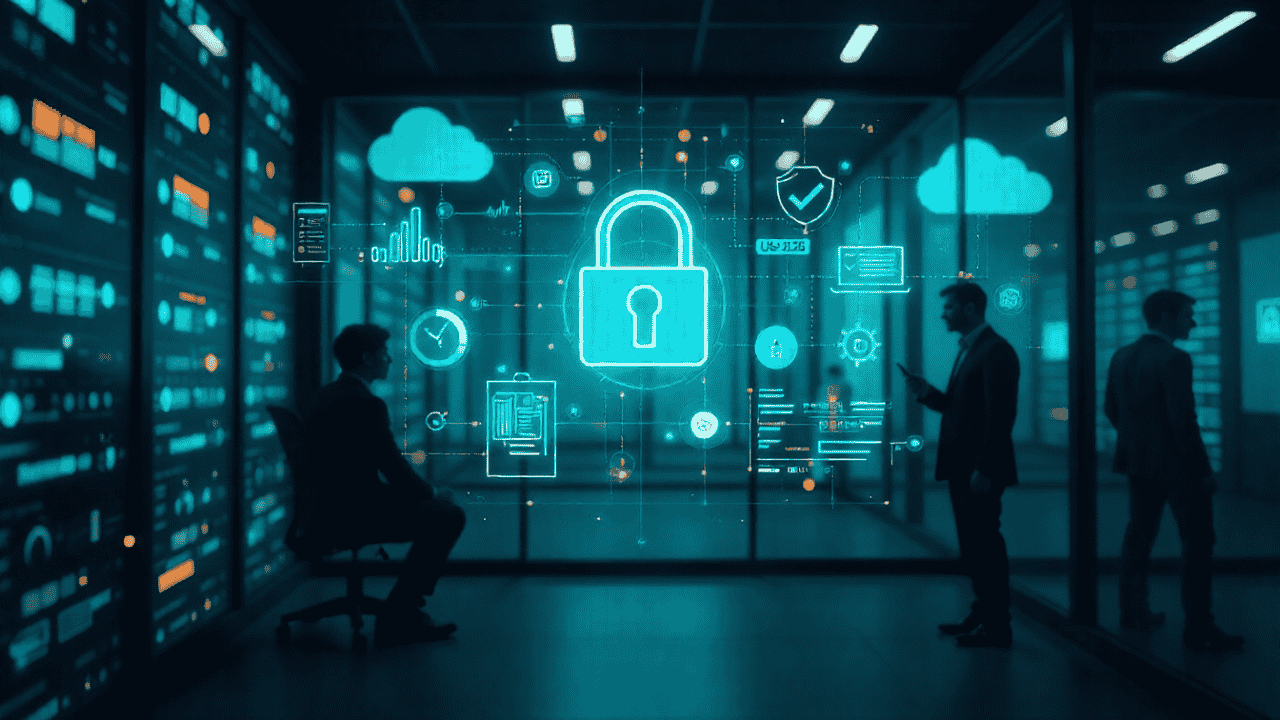
Continuous Compliance Management (CCM) is quickly becoming a top priority for cybersecurity teams, compliance officers, CISOs, and risk professionals. At the recent QRC Flagship Event 2025, a high-powered expert panel explored how modern enterprises are reimagining governance and risk through automated, always-on compliance. This articles summarizes the core insights—perfect for leaders navigating PCI DSS, ISO 27001, GDPR, HIPAA, and emerging regulations like DPDPA and NIS2.
What Is Continuous Compliance—and Why Now?
Traditional compliance relies on manual, periodic audits—often reactive and siloed. But as organizations scale cloud infrastructure, work with global vendors, and face near-constant scrutiny from regulators, they need to demonstrate compliance at all times.
Enter Continuous Compliance: a proactive, tech-enabled approach to integrating automated risk monitoring, evidence collection, and real-time control validation into day-to-day operations.
Why are security-first enterprises prioritizing CCM?
As organizations navigate increasingly complex digital ecosystems, these drivers collectively push enterprises toward a proactive compliance posture. Continuous Control Monitoring (CCM) has emerged as a strategic imperative—enabling real-time visibility, reducing audit fatigue, and aligning security operations with evolving regulatory and stakeholder expectations.
- Increased regulatory pressure (e.g., RBI, SEBI, DPDPA)
- Cloud-native and hybrid architectures with shared responsibility models
- Vendor risk management and third-party compliance concerns
- Boardroom demand for real-time GRC dashboards
- Rise of Compliance-as-Code and automated GRC platforms
Panelists highlighted the significant value Continuous Controls Monitoring (CCM) brings to organizations. Beyond just easing compliance burdens, CCM empowers teams with real-time visibility into control effectiveness, enabling faster decision-making and proactive risk management. The result is a more agile, audit-ready environment where cross-functional teams—from InfoSec to Legal—can collaborate efficiently while maintaining continuous alignment with key frameworks like SOC 2, ISO 27001, and PCI DSS.
Enabling Technologies
To effectively manage continuous compliance in dynamic IT environments, organizations are turning to a range of enabling technologies. These tools not only automate and streamline compliance processes but also embed security and governance into the core of development and operational workflows. Key technologies supporting this transformation include:
- Cloud Security Posture Management (CSPM)
- Policy-as-Code & DevSecOps pipelines
- Automated evidence collection platforms
- SOAR tools for response workflows
- GRC dashboards integrated with IT asset inventories and risk metrics
People, Process, and Culture Matter
Beyond technology, the panel highlighted that sustainable compliance hinges on the right mix of people, processes, and culture. While tools can automate tasks, it’s the human element that ensures alignment, accountability, and adaptability. Building a strong foundation in these areas involves:
- Upskill teams across GRC, DevOps, and Infra
- Define clear control ownership and escalation paths
- Establish automation governance and versioning
- Promote compliance as a business enabler—not a checkbox
Measuring the success of a compliance program goes beyond checking boxes—it requires tracking meaningful metrics that reflect control effectiveness, process efficiency, and risk reduction. By monitoring the following indicators, organizations can assess how well their compliance efforts are performing and where improvements are needed:
- Control health and maturity scores
- Time to resolve compliance violations
- Audit success rate trends
- Risk score trajectory over time
- Reduction in manual intervention and repetitive tasks
Getting Started: Practical Advice
Getting started with continuous compliance can feel overwhelming, but a structured, phased approach makes it manageable and impactful. By focusing on foundational elements and aligning efforts with business risk, organizations can build momentum and demonstrate value early. Consider the following practical steps to kick off your journey:
- Start with a maturity assessment
- Prioritize high-risk areas (e.g., data privacy, access control)
- Automate routine evidence collection
- Scale gradually—framework by framework
- Show early wins to secure CxO sponsorship
Final Thought: Compliance Is a Continuous Journey
Whether you’re securing financial systems, healthcare records, or a SaaS platform, continuous compliance helps you stay audit-ready, customer-trusted, and regulator-aligned—every day.
“Security maturity isn't about passing audits—it's about sustaining trust.” Let’s move beyond reactive audits and build compliance into the DNA of your enterprise.

 +91 9594449393
+91 9594449393 +1 4847906355
+1 4847906355 +63 9208320598
+63 9208320598 +44 1519470017
+44 1519470017 +84 908370948
+84 908370948 +7 9639173485
+7 9639173485 +62 81808037776
+62 81808037776 +90 5441016383
+90 5441016383 +66 993367171
+66 993367171 +254 725235855
+254 725235855 +256 707194495
+256 707194495 +46 700548490
+46 700548490

